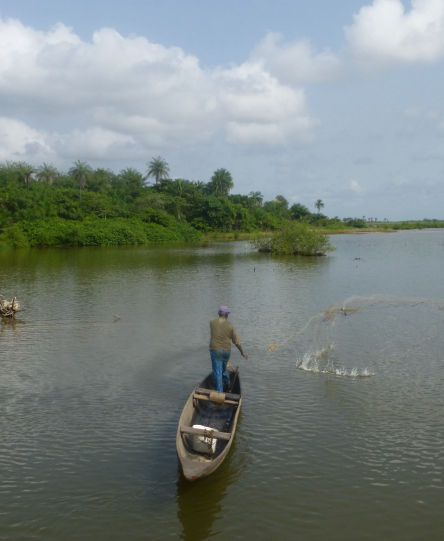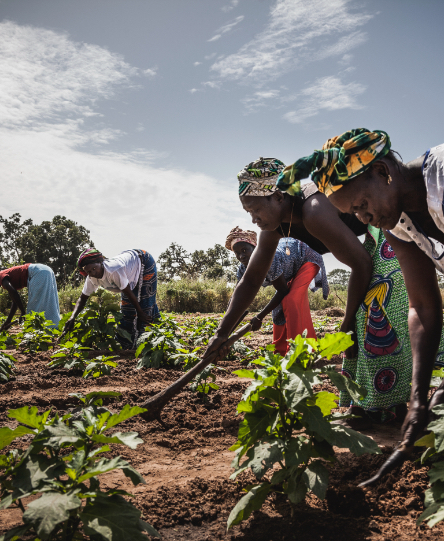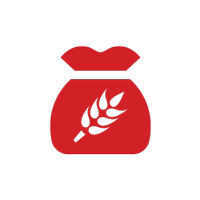Senegal Highlights
A Brief Overview of Key Moments in Senegal

1960
Independence
Senegal proclaimed its independence, Leopold Sedar Senghor became the first President of the Republic.

1962
Senegalese Red Cross
Senegalese Red Cross was established. A year later, it was recognised and became a member of the International Federation of Red Cross and Red Crescent Societies (IFRC).
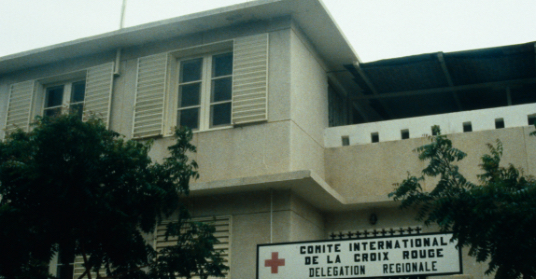
1991
ICRC Delegation
The ICRC officially opened a regional delegation in Dakar having worked in the region for several years. Today the delegation covers Senegal, the Gambia, Guinea-Bissau and Cabo Verde.
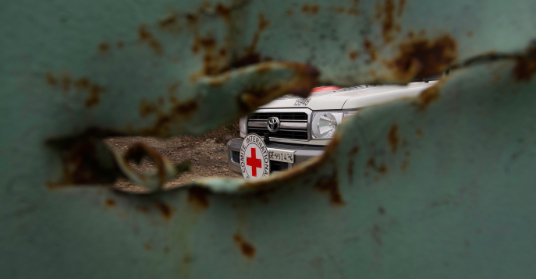
2006
Mine incident
An ICRC car hit a mine in Casamance and a delegate, Jeanie-Waddell-Fournier was killed.

